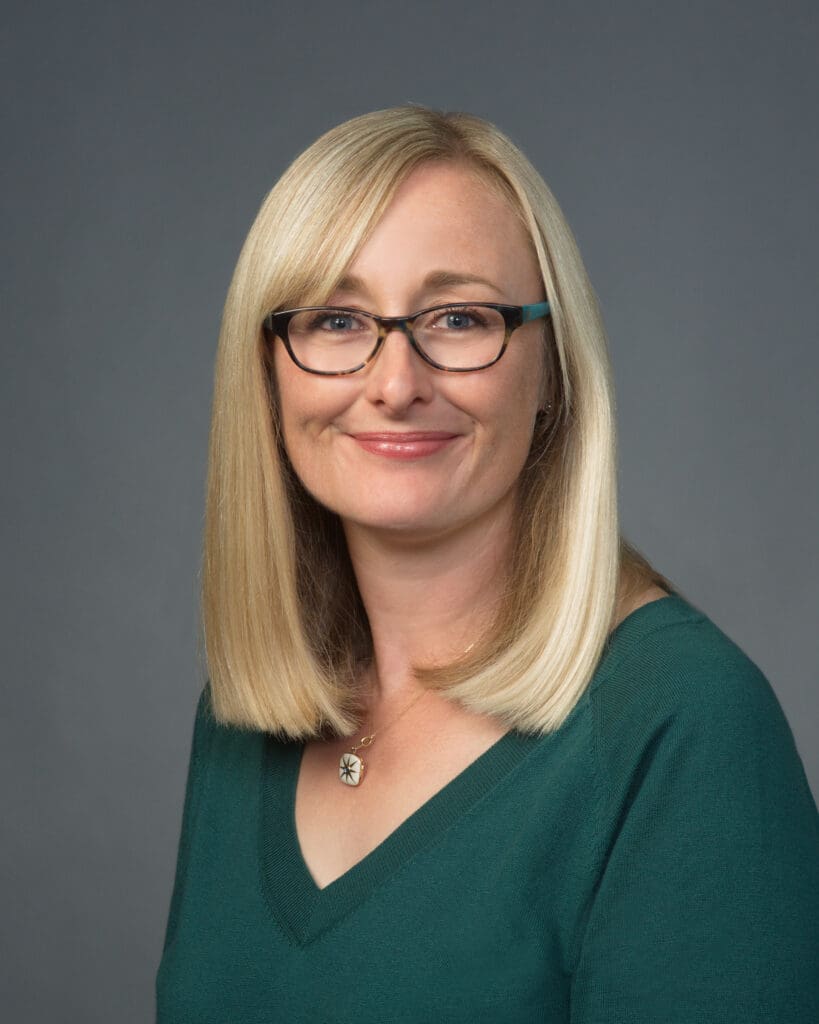Just because a site is wild doesn’t mean it’s thriving. See what it takes to kick off a multiyear ecological restoration project and why using nature-based solutions to revitalize natural areas benefits us all.
Wild, but not free
Fullersburg Woods is a beloved forest preserve in Oak Brook, IL. As part of the DuPage County Forest Preserve district, this popular 220-acre site offers trails, fishing, boating, and a wide variety of educational programs and camps throughout the year. Without proper care and maintenance, wild areas can become overrun by invasive species, which choke out the native flora and fauna needed for optimal biodiversity. After years of heavy use and water management challenges, Fullersburg Woods was in need of support.
V3’s Ecological Restoration team was brought in to restore and revive this natural area. As part of a six-year total restoration of the site, our experts are overseeing the transformation from beginning to end, ensuring every step aligns with the specific needs of this native habitat.
Our goals are to:
- Remove invasive species: Weeds and non-indigenous plants throw off the natural balance of local ecosystems, which drives away birds, butterflies, and more.
- Restore native species: Animals and insects depend on local plant life for critical food and habitat sources; for example, monarch butterflies need milkweed to thrive. By bringing back specific vegetation, wildlife can return to these areas.
- Increase aesthetic value: Restoring natural areas enhances the inherent beauty of local environments, amplifying native colors, textures, and shapes that can’t be found elsewhere.
To do this, our ecologists will spend the next several years using environmentally restorative techniques such as weeding, controlled burns, mowing, seeding, and more to transform the land, eventually planting an additional over 50,000 new native plants, trees, and shrubs for enhanced ecological benefits. This detailed, scientific work ensures long-term success, even if weather fluctuations or other unforeseen circumstances require a change in course.
We are currently in the initial year of this restoration, following our tried-and-true timeline:
- Year 1: Clearing invasive species in preparation for seeding and later seed installation
- Year 2: Installation of native plants, trees, and shrubs with continued weed control
- Years 3+: Continued weed control and restorative measures based on growing conditions
Breaking down barriers
Cutting through this wildlife haven is the Salt Creek: a 43-mile stream with many water quality challenges. In Fullersburg Woods, the Graue Mill dam was creating several issues for the preserve, including:
- Blocked access for 16 native fish species, prohibiting their ability to move and breed upstream
- Increased sediment accumulation, leading to poor water quality
- Limited recreational use for kayaks and canoes
As part of the overall restoration project, V3’s Construction team oversaw the dam removal in 2023. Opening the stream back up is yielding benefits for the native aquatic life, such as reconnecting historic fish spawning grounds, and reducing sedimentation within the water column which increases water quality and aids in native mussel habitat.
While the final results of our work are still to come, our ecologists are already feeling the effects today, both professionally and personally.

“I used to visit the Graue Mill on elementary school field trips. Being able to make a difference for a place you spent time growing up in is an incredible feeling; it’s so rewarding to be part of this large-scale restoration.”
Andrea Pini, Ecological Restoration Project Manager, Restoration Ecologist
Work with V3’s ecological restoration experts
Our ecological restoration team has the passion and scientific expertise to revitalize natural areas in any condition. Contact us to learn more.

